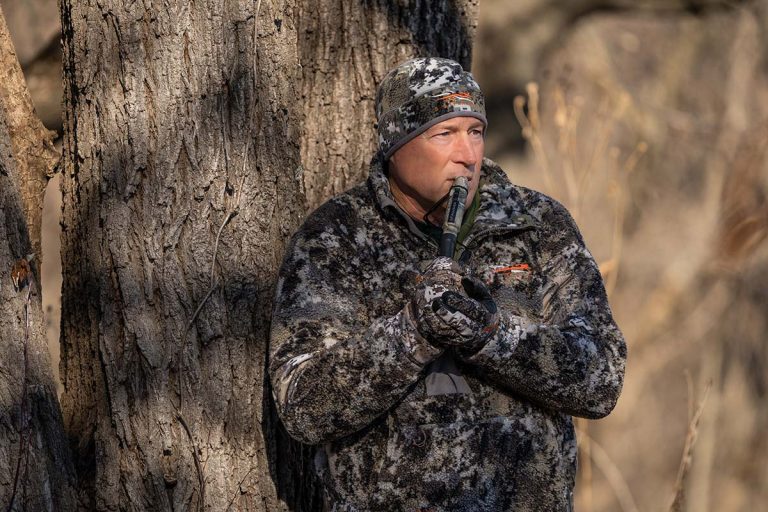A list of calling and decoying screw-ups to avoid this deer season.
Watching a buck bristle up and go stiff-legged as it bears down on a decoy (https://www.primos.com/accessories-and-gear/deer-decoys/scar-deer-decoy/PO-62601.html) is one of the surrealist moments in deer hunting. Seeing that testosterone-raged deer try to wreck the deke’s day is the ultimate experience for a calling- and decoy-centric deer hunter. But there are many mistakes that hunters can make. Here are calling blunders and decoying debacles to avoid this deer season.
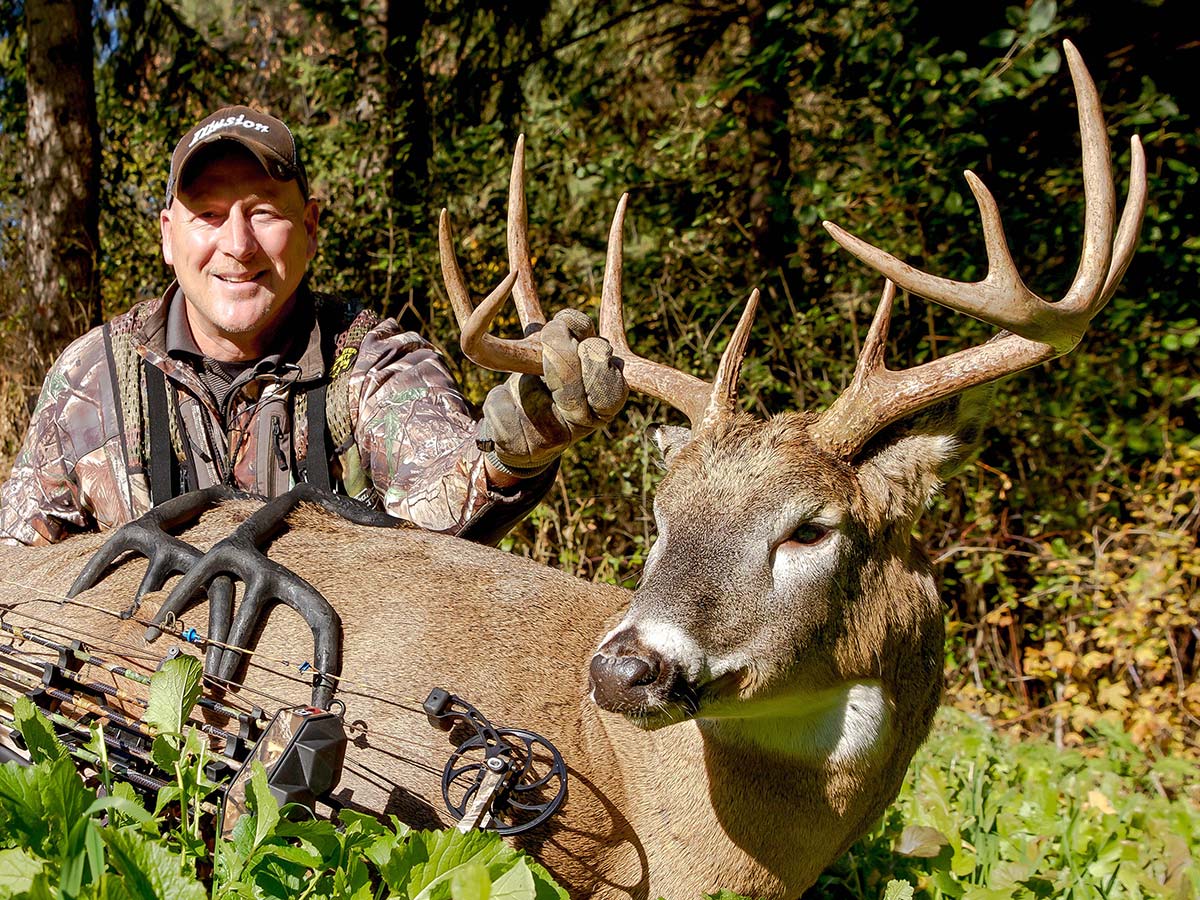
Calling Blunders
There are a lot of mistakes a hunter can make when calling to whitetails. (More mistakes than we can cover here.) But there are some that are more common than others, including those outlined below.
- Calling at the Wrong Time: Calling at the incorrect time can be especially troublesome. When calling to deer, you’re speaking a language. Saying the wrong thing at the wrong time, or even the right thing at the wrong time, can produce negative results.
- Calling Too Softly or Loudly: Using the proper volume is an important element in calling. Sending a vocalization downrange that’s too soft has no effect. Sending one that’s too loud can seriously spook deer.“Start low enough that maybe they don’t hear you, and then work your way up,” J.J. Dukart says. “A lot of people call too loud and put deer on the defensive. It spooks and educates them.”
- Calling Too Frequently: Calling too often can tip deer off. It’s important to remember realism when using calls. Generally, deer don’t grunt every 2 ½ minutes. It’s better to call less than to call more.
- Calling with a Bad Wind: Using a call when the wind direction isn’t ideal is asking for problems. When hunters call, bucks almost always circle downwind. Talking to ‘em when they can easily get downwind isn’t advisable.
- Calling with Deer Close By: You might want to call to that shooter buck that’s 150 yards away. But doing so with a doe at 10 is likely to produce a problem. It might slink off without making a big deal out of it, but it might blow it for you, too.
- Calling Without a Downwind Blocker: Hunters who frequently deploy the calling tactic should choose stand locations that provide downwind blockers that prevent deer from circling to get the wind. Examples include bluffs, rivers, downed logs, heavy brush, and more.
- Calling Without a Purpose: Calling for the sake of calling isn’t good. Calling with a plan and purpose in mind is great. Always think about the scenario, ensure calling the right play, and then execute.
- Calling Without a Decoy: It isn’t 100% necessary to deploy a decoy to call. But if hunting in moderately open to open settings, a mature buck will look for the source of the sound, recognize something is amiss, and boogie.
All things considered, I prefer to not blind call. Meaning, I don’t like to call to a deer if I don’t know that it’s there. Instead, I like to call to deer that I see and that I know aren’t coming into range on their own. Oftentimes, the only time I blind call is if using a deer decoy.
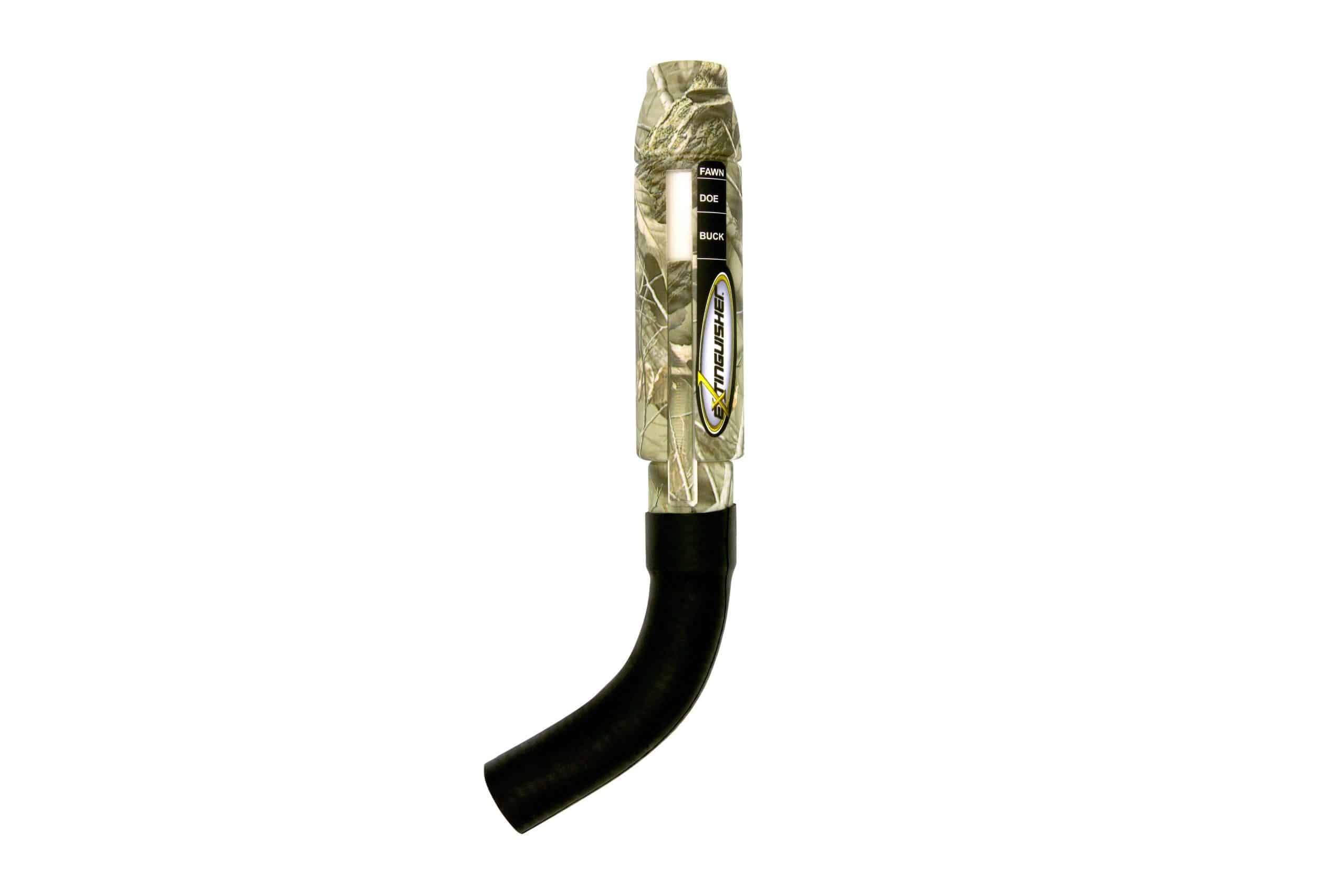
Decoying Debacles
As with calling, there are numerous deer decoying mistakes hunters can produce. In fact, there are arguably even more blunders for decoying than calling. Be mindful of the following decoying debacles.
- Decoying at the Wrong Time: Using decoys outside of the proper windows isn’t ideal. The best times are the late pre-rut, rut, and maybe the late season (situation depending). Oftentimes, it’s crucial to use a buck or doe decoy when these peak. Because doe decoys draw other does (and bucks), use these only during the rut only. Buck decoys can be used during the pre-rut and rut.
- Decoying with a Bad Wind: Displaying a decoy in a spot where the wind is dead wrong for you likely won’t produce success. Crosswinds are common, and even advisable. But a wind where your scent is blowing toward the decoy isn’t good.
- Decoying Near a Lot of Does: Does routinely react poorly to decoys. Because of that, knowingly placing a decoy where a lot of does are present tends to lead to busted hunts.
- Decoying in Heavy Cover: The No. 1 rule of decoying is placing them in open settings. Decoying in heavy cover goes against the very purpose of it—which is to be seen. Instead, place decoys in open areas where bucks can see them from a distance.
- Decoying Without Visibility: Just because the decoy is in the open doesn’t mean it’s super visible. Place decoys in areas that work for the stand location, but that are also visible for deer to see these from afar.
- Decoying with Poor Orientation: Orienting a decoy incorrectly isn’t advised. Generally, dominant bucks approach decoys head-on. Therefore, place decoys so they are quartering toward you. This should produce a broadside or quartering-away shot opportunity.
- Decoying Without Realism: Poor quality is an issue for some decoys. Decoying with unrealistic dekes oftentimes produces lesser results than realistic decoys would have accomplished. Choose a good decoy, such as the Primos Scar
- Decoying Without the Right Calls: Using a buck decoy and implementing doe vocalizations, or using a doe decoy and sending buck vocalizations, is not the best play. Match the calling to the decoying.
- Decoying Without Escape Routes: Even the most dominant bucks want escape route options. Usually, if there’s no way to hit the eject button, they tend to not commit to a confrontation with the decoy.
- Decoying Without Scent Control: Always store your deer decoys outdoors to prevent unwanted scent from getting on them. Then, in transport, keep them in a bag. When deploying them, wear gloves. Never touch these with your bare hands.
- Decoying Without Deer Scent: If a buck gets downwind of the decoy, and doesn’t smell a buck (or doe), it will realize something is amiss. Always place some buck scent on buck decoys and doe scent on doe decoys.“By smelling each other, they know exactly who it is,” Mike Dukart says. “So, if that buck comes in there, other bucks know who it is, and if he isn’t from that area.”
- Not Calling or Decoying: The biggest mistake of calling and decoying deer is not calling or decoying at all, especially when the conditions require it. Always keep this tactic in your hip pocket, and when the time comes, use it.
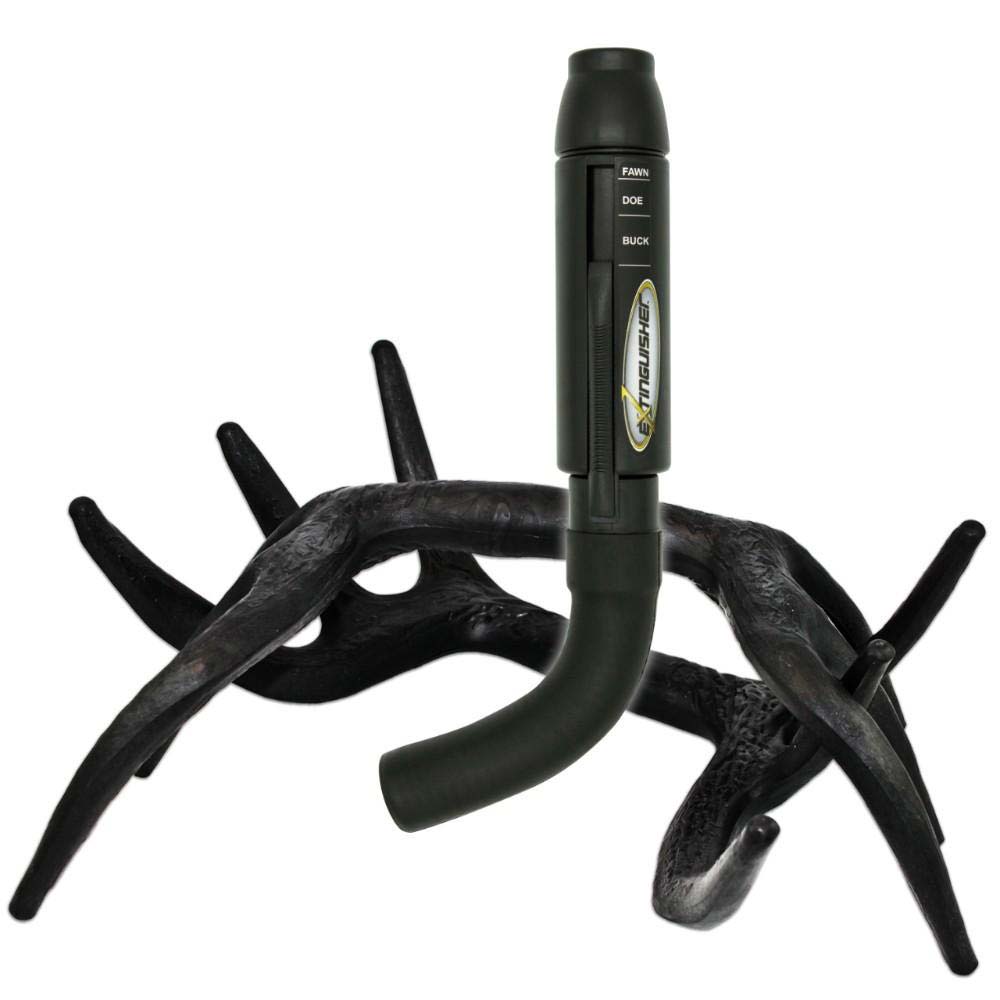
Putting It All Together
Deer hunters who learn effective calling and decoying tactics put themselves in a good position to produce big-buck encounters. But those who do it with regular success understand how to pair the two tactics together in the most effective manner. Once you do that, big bucks beware.
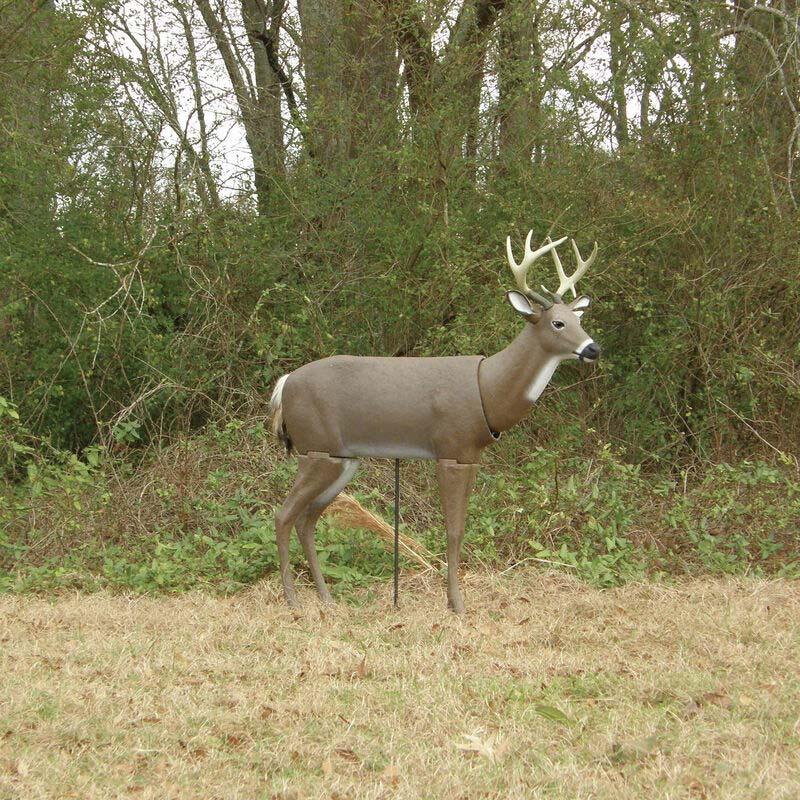
Per our affiliate disclosure, we may earn revenue from the products available on this page. To learn more about how we test gear, click here.



